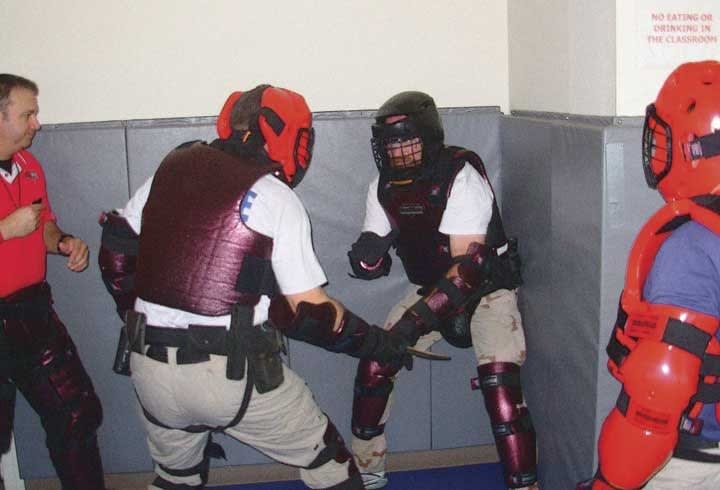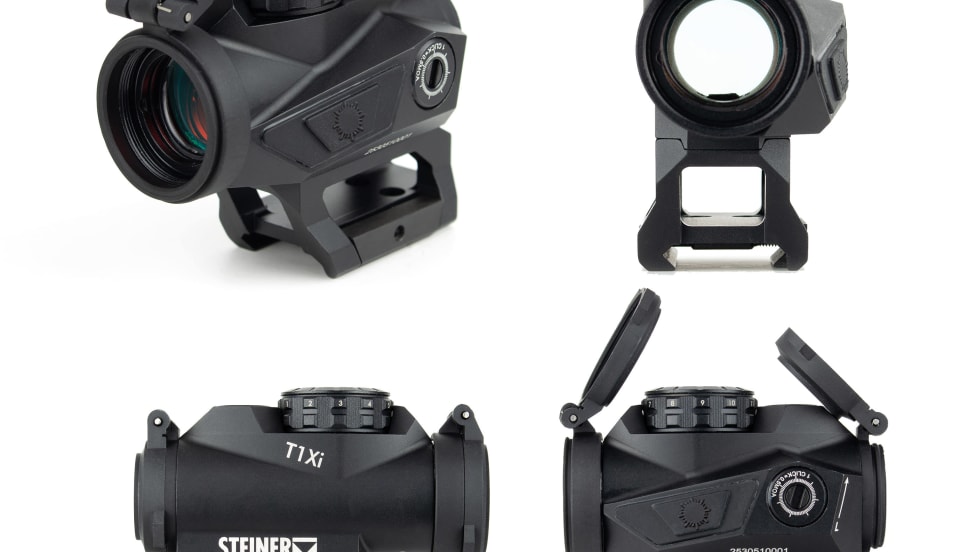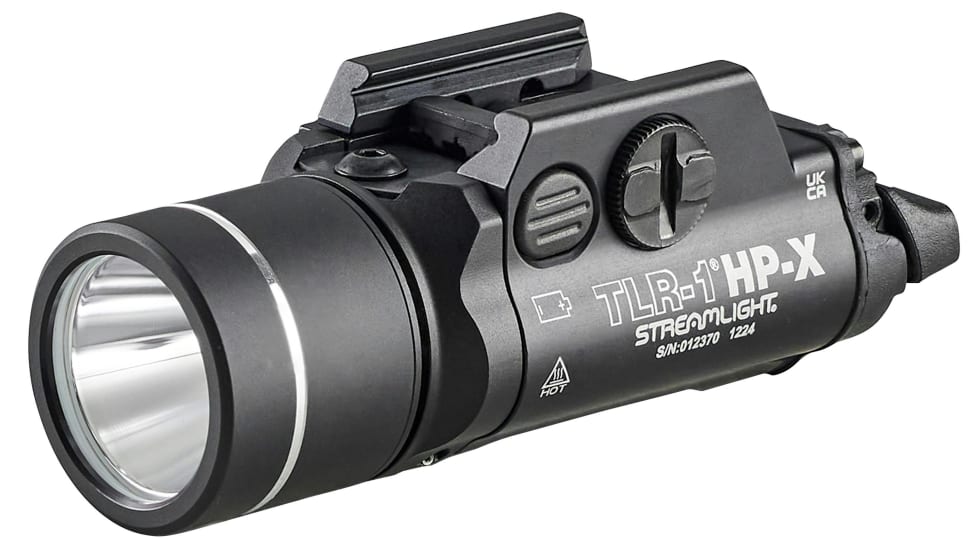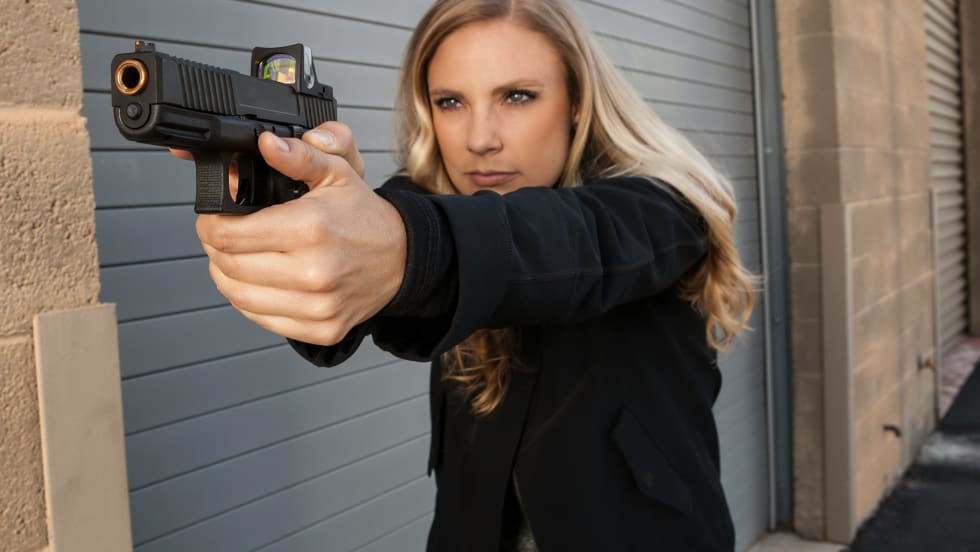The first step in establishing a knife training program in your agency is to find a qualified trainer. Your defensive tactics trainers may be suited to this job, but don't just throw it at them.
As a nationally recognized instructor and trainer of edged weapon combat techniques, I have been blessed enough to have the opportunity to train with some of the world's best recognized knife trainers, including my wife Yelena Pawela.
Just recently, I attended the RedMan Edged Weapons Defensive Instructor Course, which is something of a mini officer survival program with an added emphasis on edged weapons defense. The course's objective is to provide the student with ample working knowledge of techniques for surviving an edged weapon attack. I really like this course as a foundation for teaching officers how to counter knife attacks.
The RedMan course teaches officers how to control and redirect an assailant's knife, ground stabilization techniques, grappling techniques, takedown methods, empty hand strikes, knee strikes and kicks, ground defenses for edged weapons, tactics for deploying a folding knife (referred to as a "life saving device") under extreme duress, and finally how to shoot someone who is attacking you with a knife.
One of the most interesting techniques taught in the RedMan program is called "reverse tactical shooting." Developed by POLICE Magazine Advisory Board member and RedMan trainer Dave Young, this technique is designed to help officers create more distance between themselves and knife-wielding bad guys.










